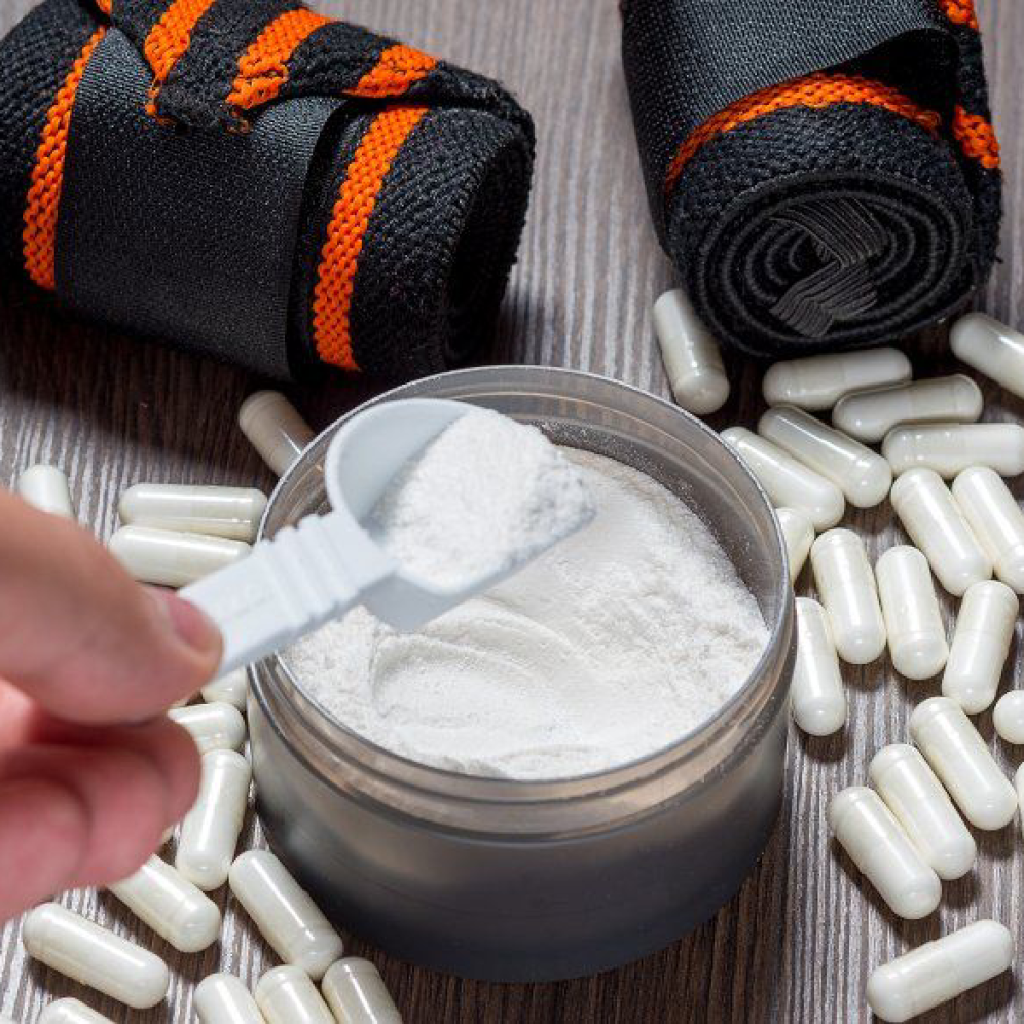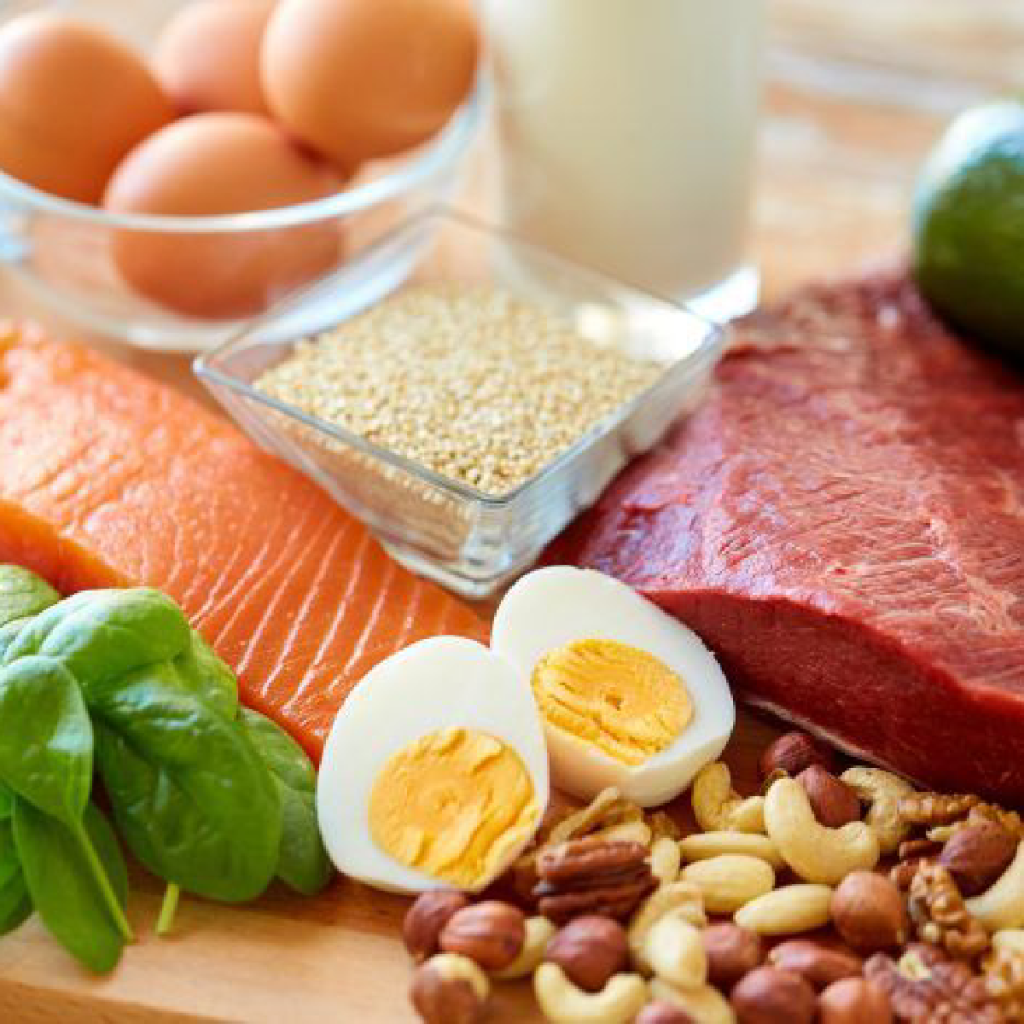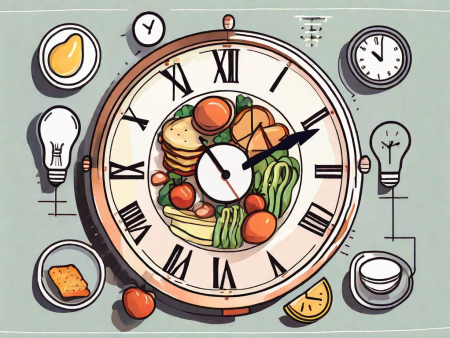Discover the fascinating relationship between amino acids and metabolism.
How Does Amino Acids Impact Metabolism?
In the magical world of metabolism, where energy production and fat-burning dances take place, amino acids play a key role. But what exactly are amino acids and how do they impact our metabolism? Buckle up, folks, because we’re about to embark on a wild ride through the science of these mighty molecules!

Understanding the Basics of Amino Acids
Before we dive headfirst into the amino acid-metabolism love story, let’s get acquainted with these tiny powerhouses. Amino acids are the building blocks of proteins, those funky macromolecules responsible for everything from muscle growth to shiny hair. There are twenty amino acids in total, each with its unique flair and metabolic function.
What are Amino Acids?
Let’s break things down a bit. Amino acids are like the cool kids on the metabolism block. They consist of an amino group (hello, nitrogen!) and a carboxyl group. Exciting stuff, huh? The unique side chain determines the flavor and function of each amino acid. It’s like a never-ending buffet of metabolic possibilities!
But wait, there’s more to the story! Amino acids are not just simple molecules; they are the molecular architects of life. They are the result of complex biochemical pathways that involve a series of enzymatic reactions. These reactions are finely tuned and regulated to ensure the production of the right amino acids at the right time.
Furthermore, amino acids are not just found in proteins. They also play important roles as neurotransmitters, signaling molecules, and precursors for the synthesis of other essential molecules in the body. So, next time you think of amino acids, think beyond proteins!
The Role of Amino Acids in the Body
Amino acids are like the superheroes of our body, with each one donning a spandex suit of metabolic importance. They assist in building muscle, repairing tissues, regulating hormones, and even transporting nutrients across the mighty cellular highways. Talk about multitasking! But wait, there’s more!
These incredible molecules also help kickstart the synthesis of enzymes, those little catalysts that make metabolism run like a well-oiled machine. Without amino acids, our metabolic superhero team would be incomplete, and chaos would ensue. We don’t want that, do we?
But let’s not forget about the unique roles that individual amino acids play. For example, the amino acid leucine is a key player in muscle protein synthesis, making it a favorite among bodybuilders and athletes. On the other hand, tryptophan, the amino acid found in turkey, is known for its role in the production of serotonin, the “feel-good” neurotransmitter.
And did you know that some amino acids are considered essential, meaning that our bodies cannot produce them on their own? We need to obtain these amino acids from our diet to ensure optimal health. Examples of essential amino acids include lysine, methionine, and phenylalanine.
So, the next time you enjoy a delicious meal, remember that you’re not just satisfying your taste buds; you’re also providing your body with the essential amino acids it needs to thrive.
The Connection between Amino Acids and Metabolism
Now that we’re familiar with amino acids, let’s explore their relationship with the fascinating world of metabolism. It turns out that these little guys have some serious influence over our body’s energy production and fat-burning capabilities. Prepare to be amazed!
But what exactly is metabolism? Well, it’s the set of chemical reactions that occur in our bodies to maintain life. It’s like a well-orchestrated symphony, with each amino acid playing its own unique part.
Amino Acids and Energy Production
When it comes to energy, amino acids are like the matchmakers connecting the metabolic dots. They assist in the breakdown of carbohydrates and fats, turning them into glorious ATP (adenosine triphosphate) molecules – the fuel that powers our cells. Think of amino acids as the metabolic wingman, making sure we have ample energy to conquer the day!
Let’s dive deeper into this process. Amino acids are not only involved in the breakdown of carbohydrates and fats, but they also play a crucial role in the synthesis of glucose. This process, known as gluconeogenesis, occurs primarily in the liver and helps maintain stable blood sugar levels. So, amino acids not only provide us with energy but also help regulate our body’s fuel supply.
But that’s not all! Amino acids also contribute to the production of neurotransmitters, the chemical messengers that allow our brain cells to communicate with each other. These neurotransmitters, such as dopamine and serotonin, play a vital role in our mood, cognition, and overall brain function. So, amino acids not only keep our bodies energized but also help keep our minds sharp and balanced.
Amino Acids and Fat Metabolism
Ever wished you could wave a magic wand and melt away unwanted fat? Well, amino acids won’t grant you that power, but they can certainly lend a helping hand. Some amino acids, like carnitine and taurine, have been known to boost fat metabolism. They play an essential role in shuttling fatty acids into the mitochondria, where they’re burned for fuel. Who needs a magic wand when you’ve got amino acids on your side?
But wait, there’s more! Amino acids also have the ability to regulate appetite and satiety. Leucine, for example, has been shown to increase feelings of fullness and reduce food intake. So, by incorporating foods rich in amino acids into our diet, we can potentially curb our cravings and maintain a healthy weight.
Additionally, amino acids are involved in the synthesis of collagen, the most abundant protein in our bodies. Collagen provides structure and support to our skin, bones, tendons, and ligaments. So, amino acids not only help us burn fat but also contribute to our overall physical strength and vitality.
As you can see, amino acids are not just building blocks of proteins. They are key players in the intricate dance of metabolism. From energy production to fat metabolism and beyond, these tiny molecules have a big impact on our health and well-being. So, next time you enjoy a protein-rich meal, remember to thank the amino acids for their incredible metabolic prowess!
Different Types of Amino Acids and Their Metabolic Functions
Not all amino acids are created equal in the metabolic playground. Let’s take a look at two distinct categories: essential and non-essential amino acids. Brace yourselves, because these tiny molecules have quite the impact!
When it comes to amino acids, there is a diverse range of types, each with its own unique metabolic functions. These amino acids play a crucial role in the body’s overall functioning and are essential for maintaining good health.
Essential Amino Acids
Essential amino acids are like VIP guests at the metabolic party. Our body can’t produce them, so we need to invite them over through a well-balanced diet. These VIPs include histidine, isoleucine, leucine, lysine, methionine, phenylalanine, threonine, tryptophan, and valine. Each one brings its own unique metabolic flair to the party, ensuring our body functions like a well-oiled machine.
Histidine, for example, plays a vital role in the production of red and white blood cells, as well as in the maintenance of the myelin sheath that protects nerve cells. Isoleucine, on the other hand, is involved in muscle metabolism and the regulation of blood sugar levels. Leucine, known for its anabolic properties, promotes muscle protein synthesis and helps in the recovery and repair of tissues.
Lysine is essential for the production of collagen, a protein that supports the structure of skin, bones, and connective tissues. Methionine, apart from being a building block for proteins, is also involved in the synthesis of important molecules such as glutathione, which acts as an antioxidant. Phenylalanine is a precursor for neurotransmitters like dopamine, norepinephrine, and epinephrine, which regulate mood and cognitive function.
Threonine is necessary for the synthesis of proteins and the production of antibodies that strengthen the immune system. Tryptophan, often associated with its role in sleep regulation, is also a precursor for serotonin, a neurotransmitter that contributes to mood regulation. Valine, similar to leucine and isoleucine, is involved in muscle metabolism and the maintenance of nitrogen balance in the body.
Non-Essential Amino Acids
Non-essential amino acids are like the squad members that our body can produce on its own. They might not get as much limelight, but they’re still crucial for metabolism. These squad members include alanine, arginine, asparagine, aspartic acid, cysteine, glutamic acid, glutamine, glycine, proline, serine, and tyrosine. Together, they form a powerhouse team that keeps our metabolic engines revving!
Alanine, for instance, plays a role in the metabolism of glucose and helps in the transportation of nitrogen to the liver. Arginine is involved in the synthesis of nitric oxide, a molecule that relaxes blood vessels and improves blood flow. Asparagine, on the other hand, is important for the synthesis of proteins and the regulation of cellular metabolism.
Aspartic acid is a key player in the Krebs cycle, a series of chemical reactions that generate energy in our cells. Cysteine, known for its role in the formation of disulfide bonds, contributes to the structure and stability of proteins. Glutamic acid, a neurotransmitter in the central nervous system, is involved in learning, memory, and overall brain function.
Glutamine, the most abundant amino acid in the body, is essential for the functioning of the immune system and the maintenance of intestinal health. Glycine acts as a neurotransmitter and is involved in the synthesis of important molecules such as heme, creatine, and glutathione. Proline, known for its role in collagen synthesis, helps maintain the structural integrity of skin, joints, and blood vessels.
Serine is involved in the synthesis of phospholipids, which are essential components of cell membranes. Tyrosine, apart from being a precursor for important neurotransmitters like dopamine and adrenaline, also plays a role in the production of thyroid hormones.
As you can see, both essential and non-essential amino acids have their own unique metabolic functions, ensuring that our body functions optimally. It is important to consume a well-balanced diet that includes a variety of protein sources to ensure an adequate intake of these essential building blocks of life.
The Impact of Amino Acid Deficiency on Metabolism
What happens when the amino acid party starts running low on guests? Let’s find out how amino acid deficiency can cast a shadow over our body’s metabolic dance floor.
Symptoms of Amino Acid Deficiency
Amino acid deficiency can sneak up on us like a ninja in the night. It can lead to muscle wasting, fatigue, impaired brain function, weakened immune system, and sluggish metabolism. So let’s make sure our amino acid party is always stocked with VIP guests!
Long-Term Effects of Amino Acid Deficiency
If amino acid deficiency becomes a long-term party crasher, it can have serious consequences. Our body’s metabolic dance floor can lose its rhythm, leading to stunted growth, poor wound healing, and even organ damage. Nobody wants that, right? So let’s keep our amino acid party going strong!
Optimizing Metabolism through Amino Acids
Now that we understand the profound impact amino acids can have on our metabolism, how can we use this knowledge to our advantage? Let’s explore some strategies to optimize our metabolic dance moves and invite amino acids to be our metabolic partners!

Dietary Sources of Amino Acids
The first step in becoming the metabolism maestro is to ensure our diet is rich in amino acid sources. Lean meats, dairy products, legumes, nuts, and seeds are all excellent sources of amino acids. By filling our plates with these nutrient powerhouses, we can ensure that our metabolism has all the building blocks it needs to perform its magnificent dance!
Amino Acid Supplements and Metabolism
If our amino acid party needs an extra boost, we can turn to supplements. But let’s remember to consult with our friendly neighborhood healthcare professional before going down the supplement rabbit hole. They’ll help us find the right amino acid supplements to support our metabolic dance moves!
So, my fellow metabolism enthusiasts, amino acids are the unsung heroes of our body’s dance floor. Through their role in energy production, fat metabolism, and nutrient transportation, they keep our metabolic engines revving like a finely-tuned sports car. By understanding their functions, optimizing our diet, and laughing in the face of amino acid deficiency, we can become the masters of our metabolic destinies. So let’s dance our way to metabolic greatness with the help of these incredible amino acids!







